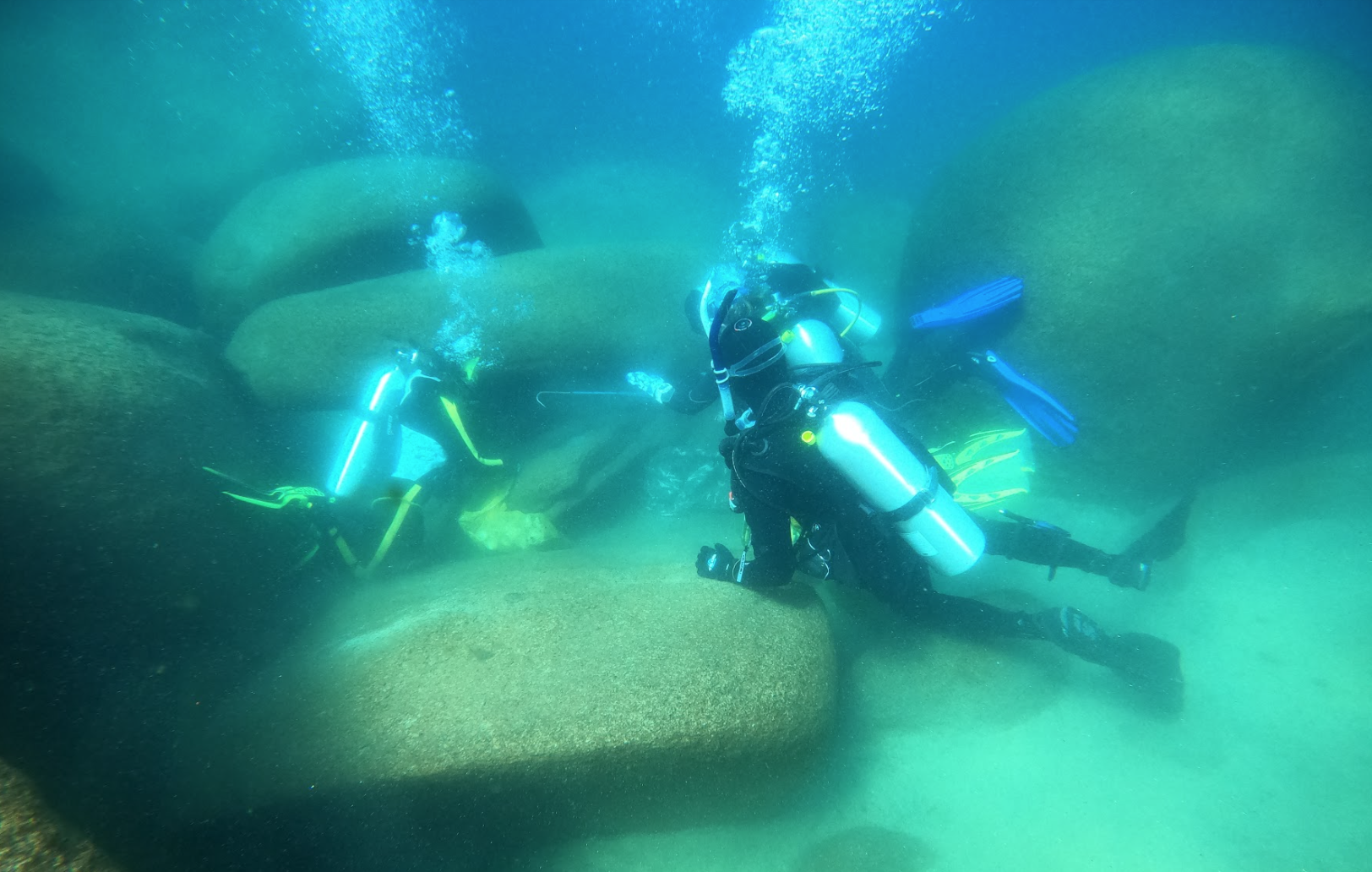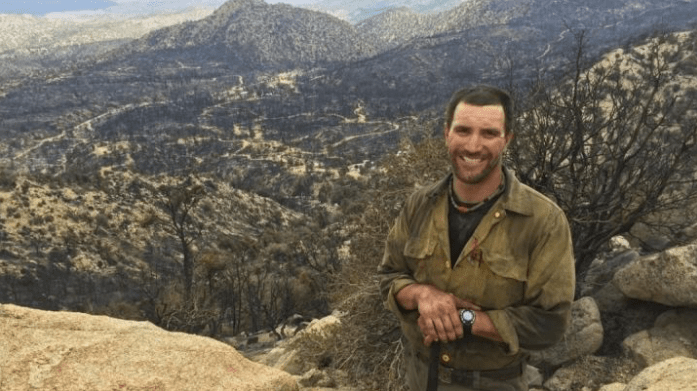
Tahoe Trees are perishing at an alarming rate due to bark beetle infestation and drought, even with the wet winter. The Tahoe Fund cites that the mortality rate has doubled from 2015 to 2016, with over 100,000 lost in those years alone. Fortunately, UC Davis is pairing up with the fund to help replenish the area:
INCLINE VILLAGE Nev. (Tuesday, July 18, 2017) — The Tahoe Fund today announced a campaign to raise $36,000 to support a project designed by UC Davis scientists to improve forest health in the Basin. Despite the record-breaking snowfall in Tahoe this past winter, tree mortality remains a major issue. Due to drought and bark beetle infestations, tree mortality more than doubled from 35,000 in 2015 to 72,000 in 2016. Tahoe Fund is partnering with scientists at UC Davis Tahoe Environmental Research Center to help repopulate the hardest hit areas along the north shore of Tahoe with native sugar pine trees.
“While a lot of attention goes to our beautiful lake, Tahoe would not be the same without our fabulous forests,” says Amy Berry, Tahoe Fund CEO. “It is heartbreaking to see our mountains turning red with dying trees. With the support of donors, we have the opportunity to help by replanting sugar pines to provide diversity and stability to our forests.”
Scientists at UC Davis Tahoe Environmental Research Center plan to collect seeds from more than 100 different sugar pine trees around Tahoe. Over the course of the next year they will grow these seeds into 10,000 seedlings that can be planted in areas with the greatest mortality rates. The 10,000 seedlings will be distributed to public agencies to be planted along the north shore in both California and Nevada. The program also includes distribution of thousands of seedlings to private homeowners who have experienced tree loss.
“There are over 100 million dead trees in the Sierra,” said UC Davis’s Dr. Patricia Maloney. “By collecting cones from 100 local and diverse sugar pine trees, we aim to cultivate 10,000 seedlings that will assist in reforestation efforts on the north shore of Lake Tahoe.”
The Sugar Pine Reforestation Project is one of the Tahoe Fund’s Signature Projects for 2017. The campaign goal for this project is $36,000. Donations in support of this and other environmental improvement projects around the Lake can be made at tahoefund.org/donate“- tahoefund.org

Placer County is no exception to this disaster. Clusters of trees are dying across California, with 66 million trees dead since 2010, and more than a third of that coming from 2015 alone. Lack of trees comes with a litany of problems, including fire, rise in CO2 levels, and ecosystem loss. Hopefully a recovery is on the horizon for the entire state.





What I would really like to know is what to do with the trees if you have them in your yard. Cutting them down seems to make sense, especially from a fire hazard viewpoint but will this spread the infestation to nearby trees?
Hey Laura,
Yeah, you should definitely rid yourself of the dead wood. Of course, you’ll need to go thru The City (either North or South Shore) to get it done. This was a drag 6 or 7 yrs ago when we did the same thing, but at least the dead guys are gone
Great and well informed article. From a local perspective, what can they actually do with $36,000.00 to help this issue? It appears very ironic how the Tahoe Fund has no problem throwing down millions to destroy the old growth and habitats on the east shore to build a paved bike path (an extremely unnecesary installment), while leaving some crumbs of $36,000.00 left for very high priority forest work that could prevent loss due to high fire potential with the increasing numbers of dead and dried out trees. Typical entry level annual salary starts at around $36,000.00 for an individual. Are they going to hire one person to solve the mass amounts of acres of dying trees? This is a perfect imbalance in our priorities and we are deciding to squander our financial resources.
Cold winters used to kill the beetles. while we have had a lot of snow, and winters seem uncomfortable, sustained consecutive negative 20 degree days never happen anymore.
I don’t ever recall sustained -20 F temperatures in Tahoe, it generally doesn’t get that cold here, and correct me if I’m wrong but I’m pretty sure we just had a record season with lots of snow proceeded by an average winter in 2016.
Dudeguy,
You’re correct in that IF there are EVER temps at -20, it’s for an over nite event. The fact is that cold temps (sustained below freezing) are what kill a “predator” such as the Pine Beetle. And as i’m sure you are aware of, multiple YARDS of snow does not necessarily mean “cold” temps. The majority of snow that fell here fell between 28-34 degrees, which would make sense, since WE know that warm air holds more moisture and when those gihugee water events that hit the Left Coast, and then traveled up here to The Lake, the cooler temps dictated the snow. Still around 42% of the precip that fell here (at lake level, 6250ft) fell as rain. Just think of just 20% of that fell as addl. snow!!!
Good article, and when we hike we see the carnage first hand. It’s great that the Tahoe Fund and UC Davis are working to replenish the forest with trees, but let’s get our heads out of the sand and see that the trees are dying b/c it’s not been cold enough during the winter to kill the beetles off.
They can plant as many trees as they want (and it is much appreciated!) but until we figure out if we can do something about climate change, it really doesn’t matter
How can rise in CO2 contribute to tree loss? FYI all plants breathe CO2 and exhale O2, BIO 101.